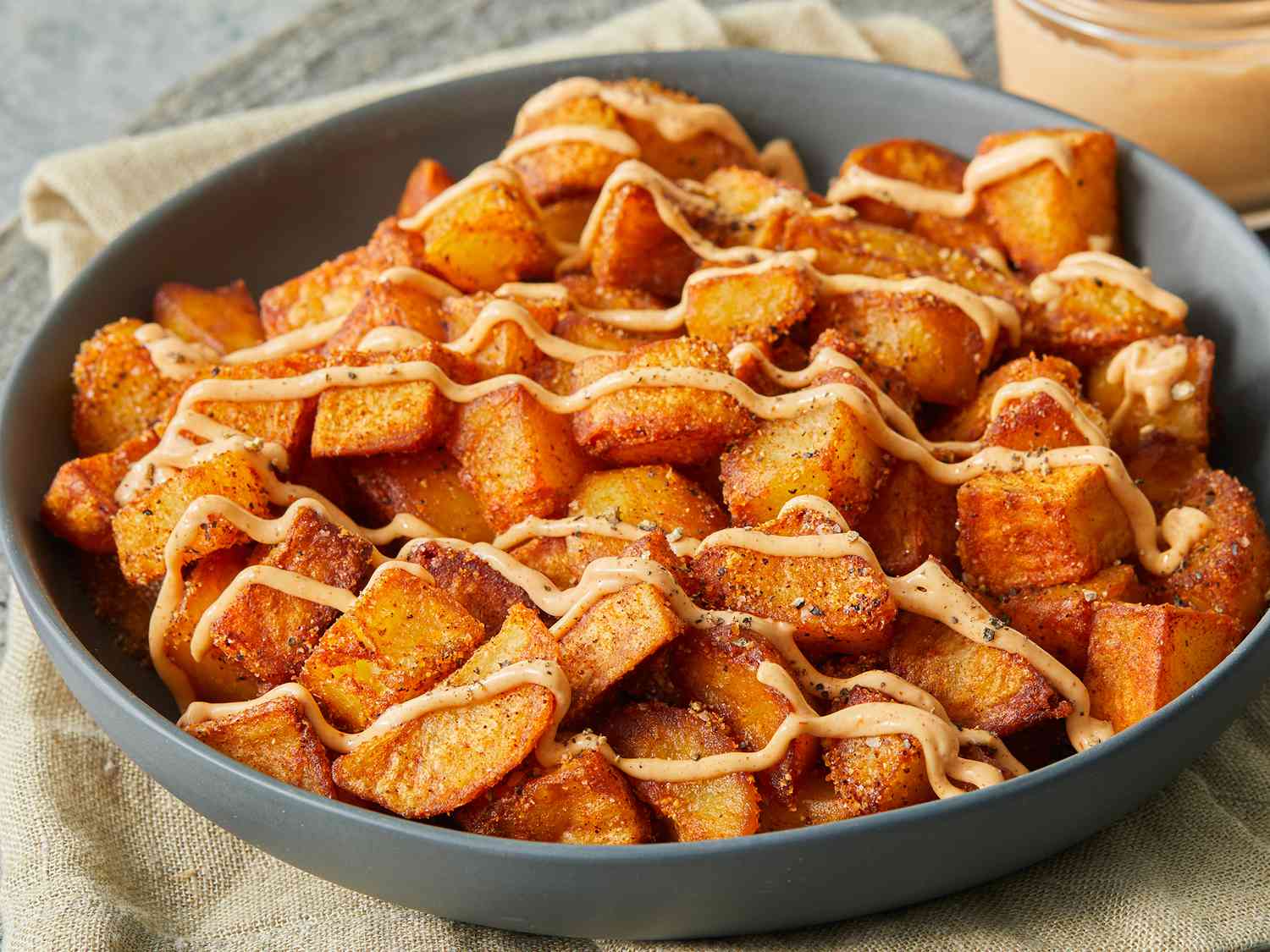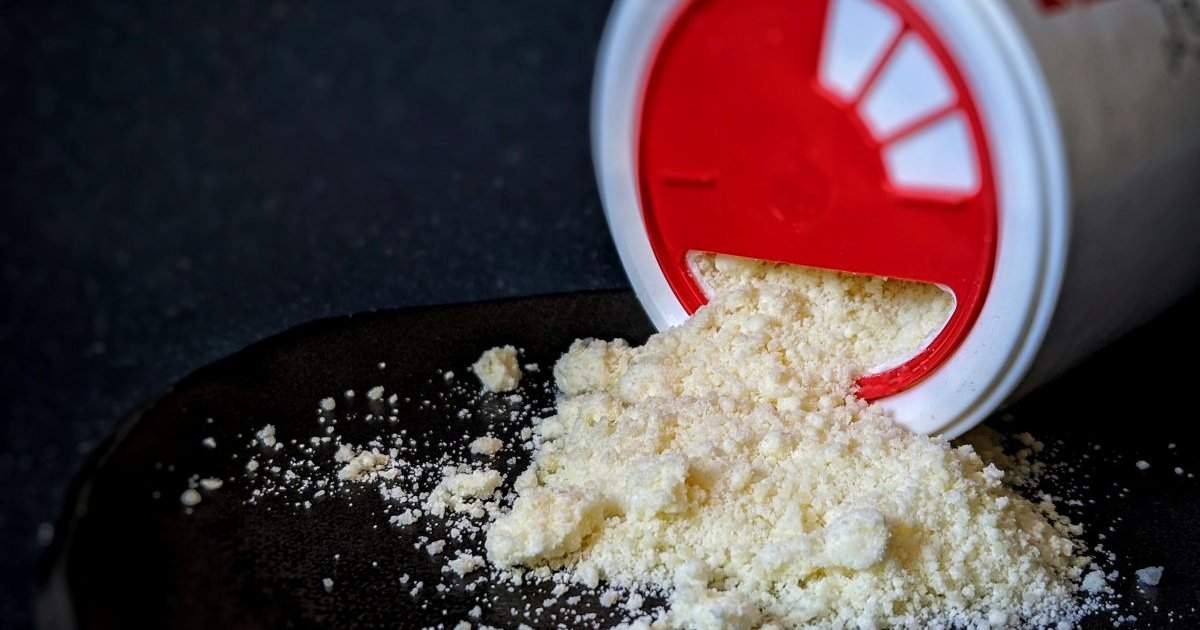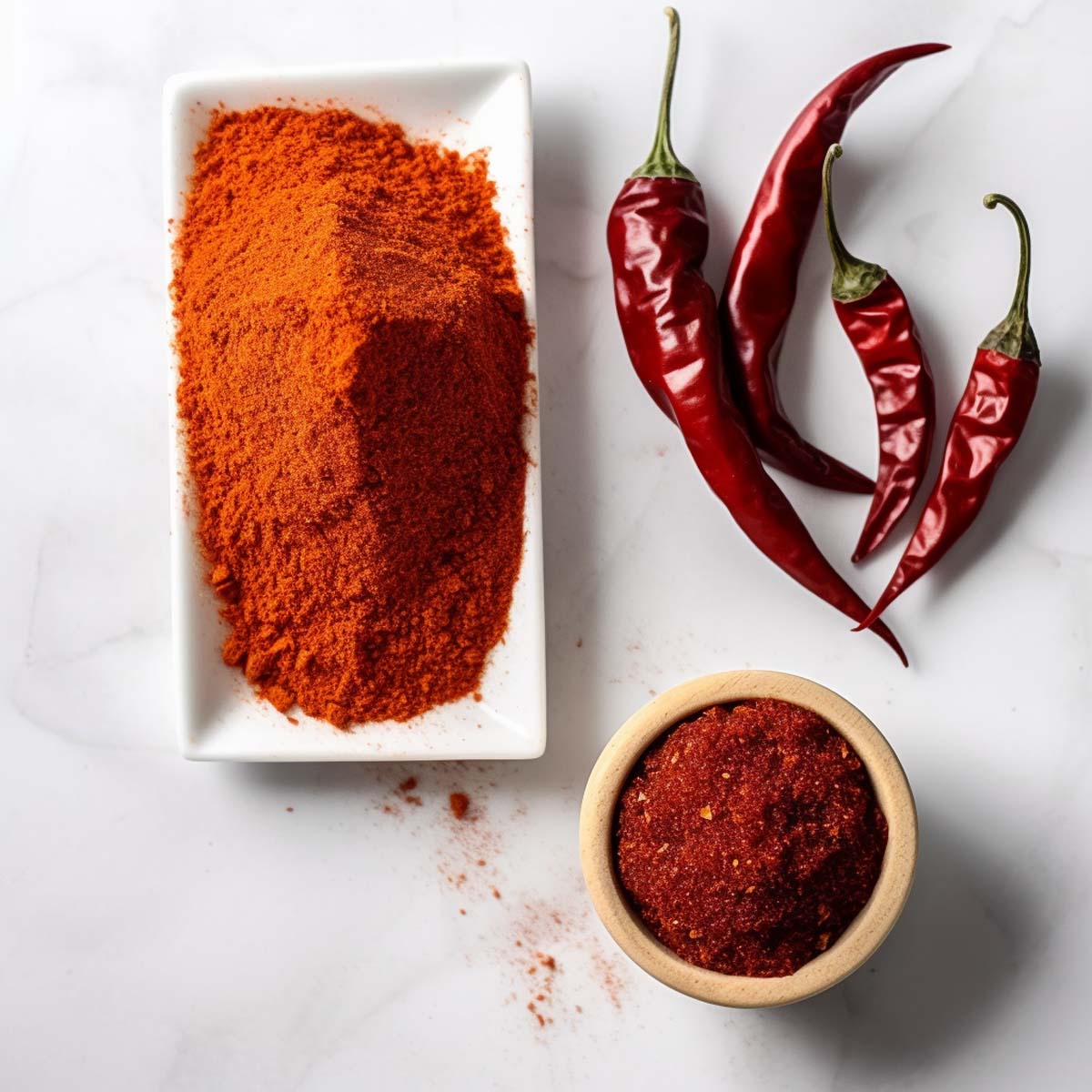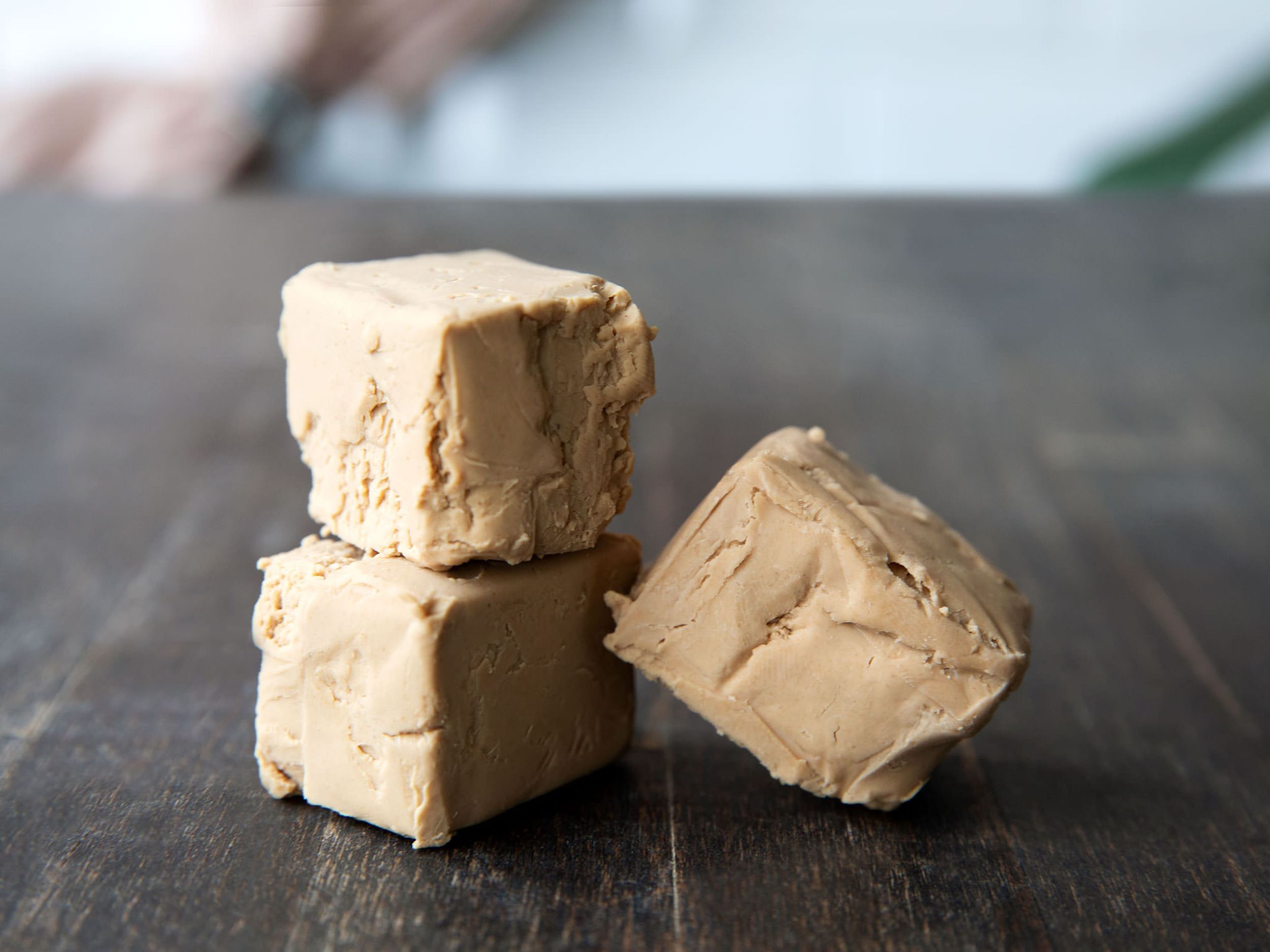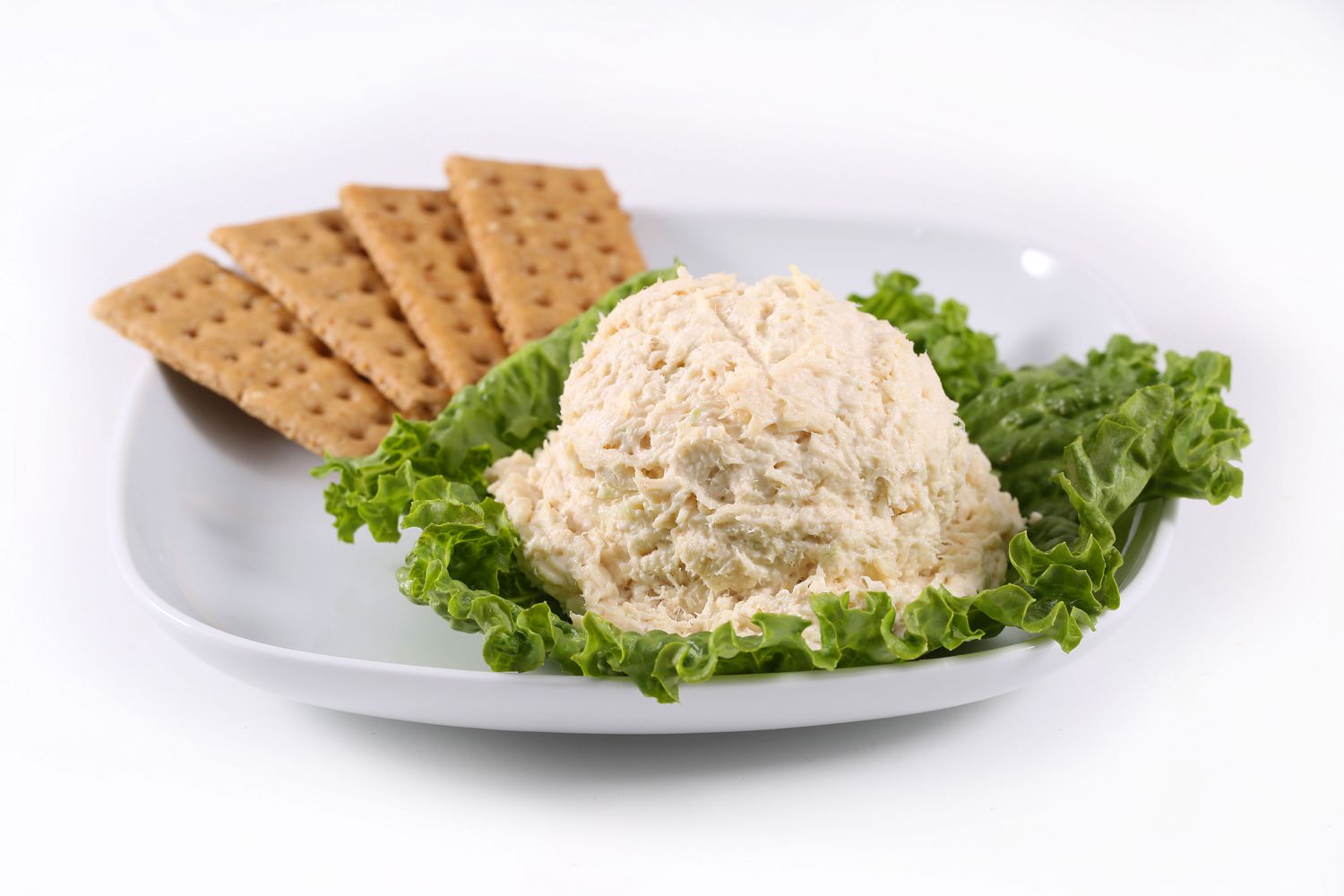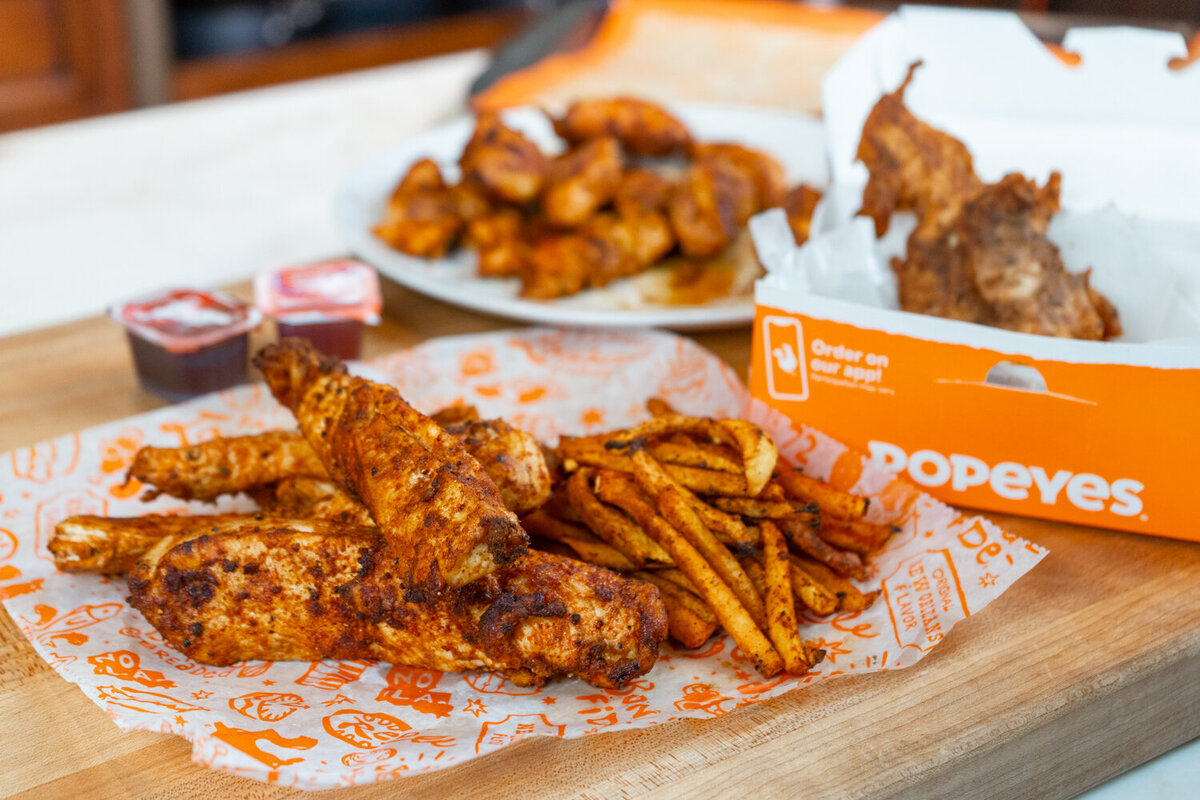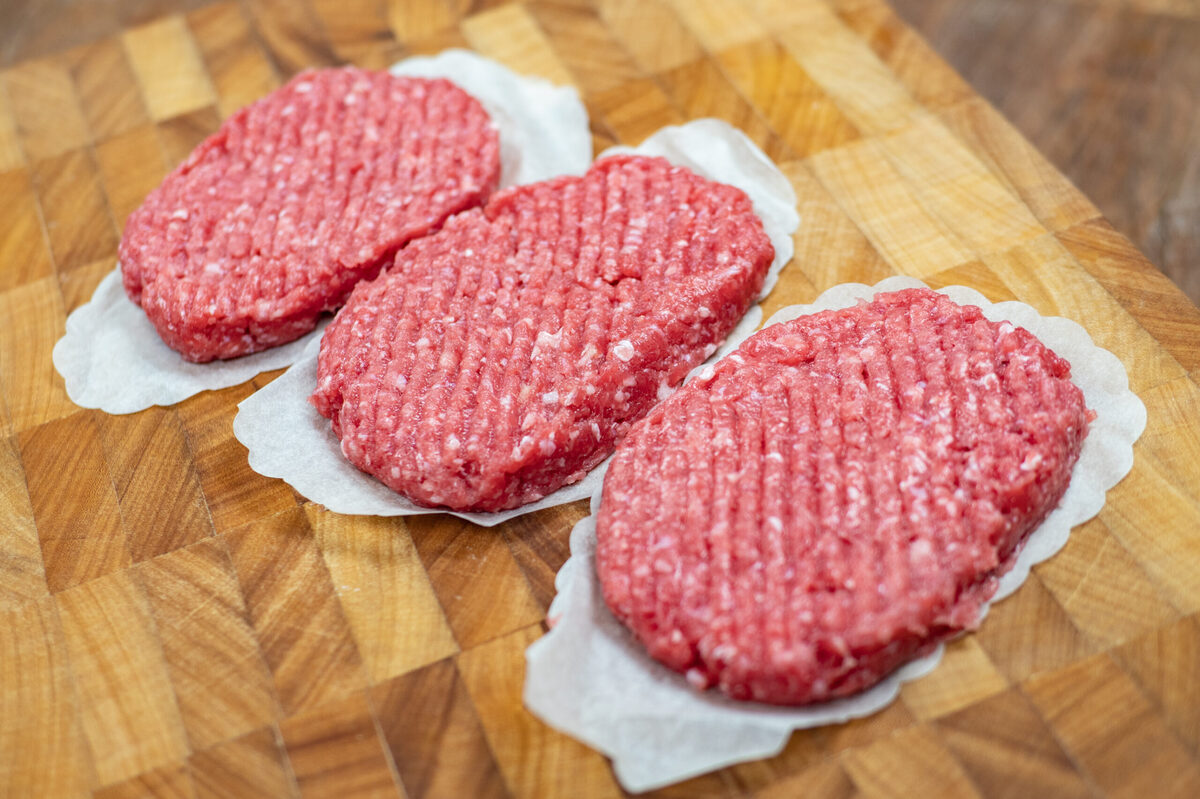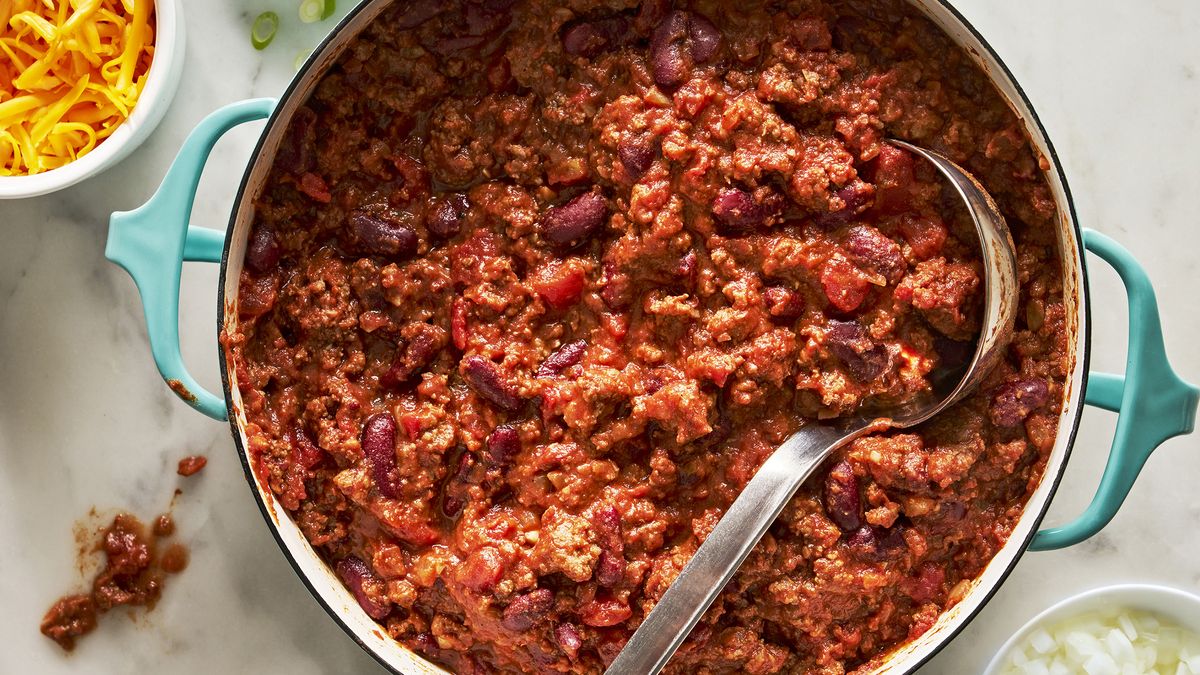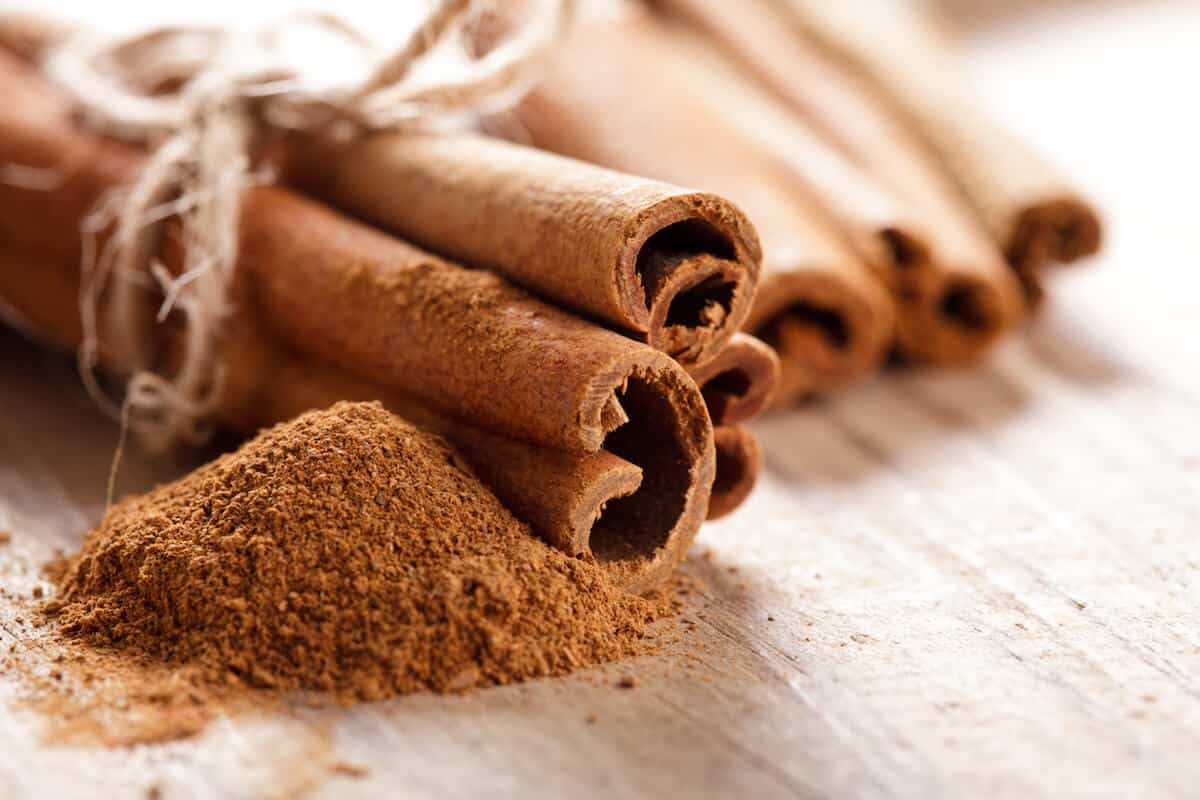Understanding Cooking Liquid: What It Is and How to Use It
When it comes to cooking, there are many terms and techniques that can sometimes be confusing. One such term is cooking liquid. If you’ve ever come across a recipe that calls for adding cooking liquid, you might be wondering what exactly it is and how to use it. In this article, we’ll explore the concept of cooking liquid and its role in the culinary world.
What Is Cooking Liquid?
Cooking liquid refers to any liquid that is used in the process of cooking food. This can include water, broth, stock, wine, beer, juice, or any other liquid that is added to a dish while it is being cooked. The purpose of cooking liquid is to add moisture, flavor, and aroma to the food being prepared.
Types of Cooking Liquid
There are several types of cooking liquid that are commonly used in recipes:
- Water: The most basic cooking liquid, water is often used to boil, steam, or poach foods.
- Broth and Stock: These flavorful liquids, usually made from simmering meat, bones, and vegetables, are commonly used in soups, stews, and sauces.
- Wine and Beer: Alcoholic beverages can add depth and complexity to dishes when used as cooking liquids. They are often used in braising and deglazing.
- Juice: Fruit juices, such as lemon juice or orange juice, can be used to add a tangy or sweet flavor to dishes.
How to Use Cooking Liquid
Using cooking liquid in your recipes can enhance the flavor and texture of your dishes. Here are some common ways to use cooking liquid in cooking:
- Braising: Cooking meat or vegetables in a small amount of liquid, such as broth or wine, over low heat to tenderize and infuse flavor.
- Boiling and Steaming: Using water or broth to cook grains, pasta, vegetables, or proteins by submerging them in the liquid until they are tender.
- Sauces and Gravies: Using cooking liquid, often in the form of broth or stock, to create flavorful sauces and gravies to accompany dishes.
Tips for Using Cooking Liquid
Here are some tips for using cooking liquid effectively in your recipes:
- Choose the Right Liquid: Select a cooking liquid that complements the flavors of the dish you are preparing. For example, use broth for savory dishes and fruit juice for sweet dishes.
- Adjust the Seasoning: Since cooking liquid can impact the overall flavor of a dish, be sure to taste and adjust the seasoning as needed.
- Use It Sparingly: While cooking liquid is essential for many recipes, it’s important not to use too much, as it can dilute the flavors of the dish.
Now that you have a better understanding of cooking liquid and how to use it, feel free to experiment with different types of liquid in your recipes. Whether you’re braising, boiling, or making a sauce, cooking liquid can elevate your dishes to new heights of flavor and deliciousness.
Happy cooking!
Was this page helpful?
Read Next: What Is Broccoletti?
